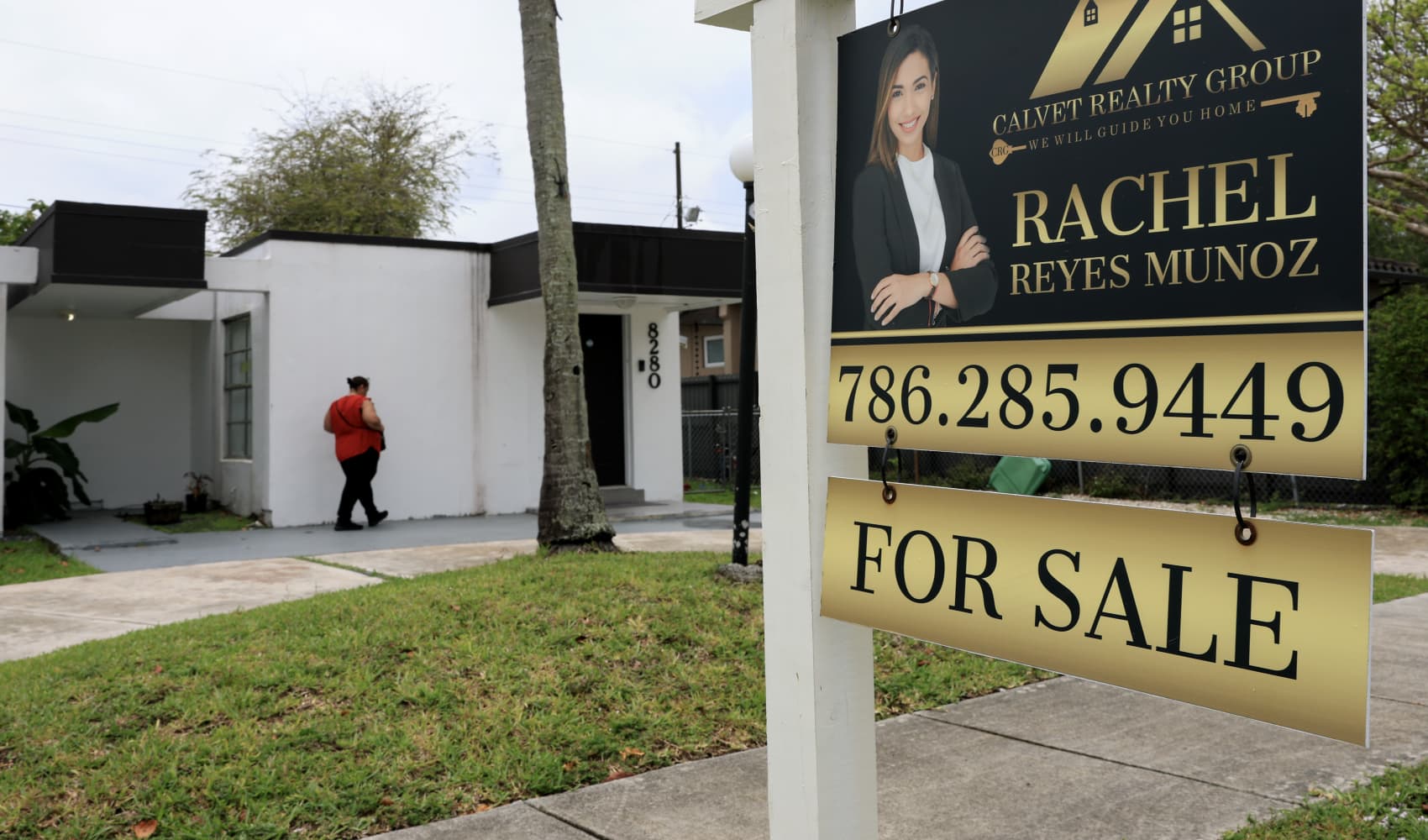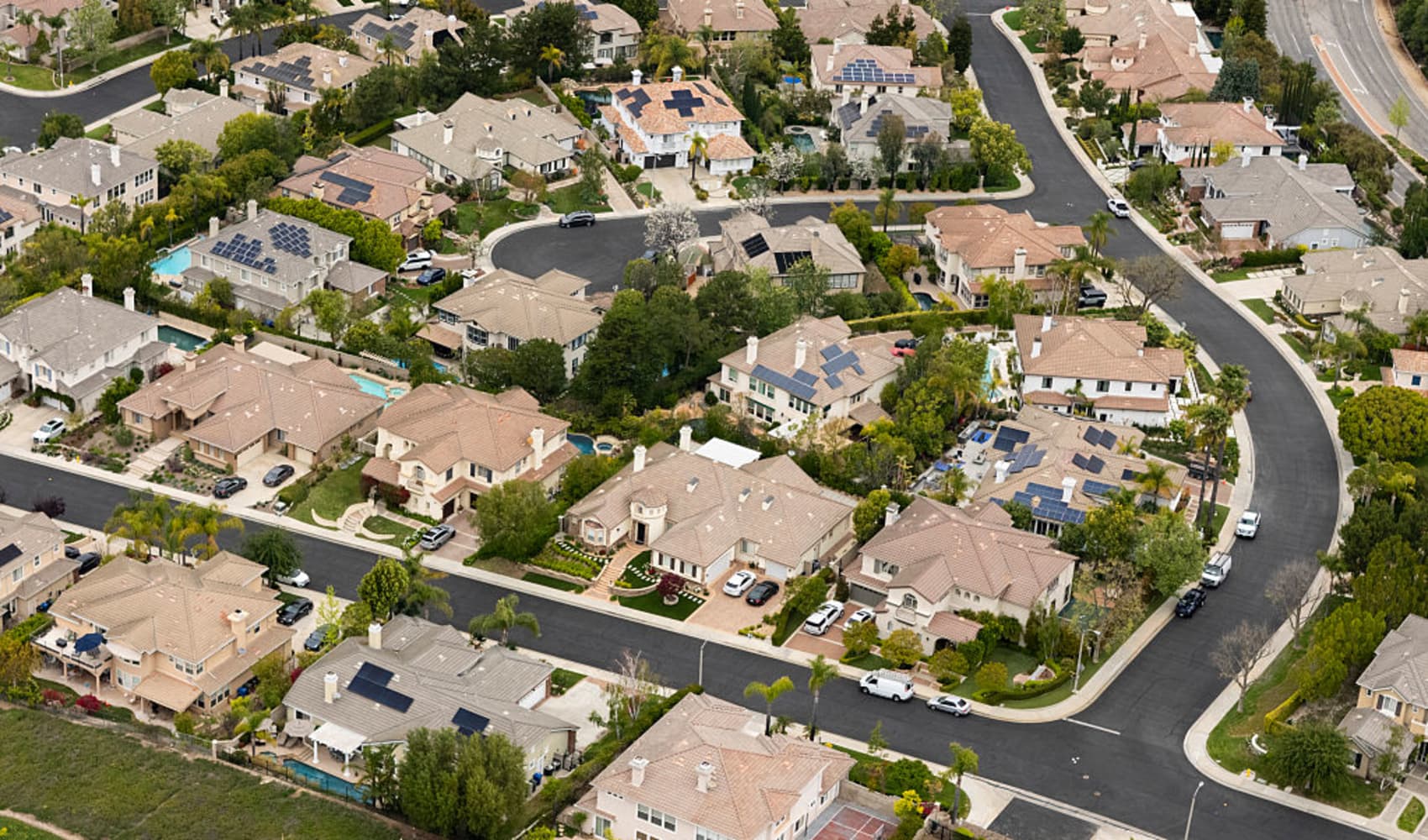Mortgage Demand Surges Despite Higher Rates: Is Now the Time?
Homebuyers Defy Rates: Mortgage Demand Surges Onward!
Introduction: Riding the Rate Rollercoaster
The housing market, that ever-shifting landscape of dreams and dollars, is at it again. Just when you thought rising interest rates would put a damper on things, a surprising trend has emerged. It's a bit like watching a plant grow through concrete, isn't it? We're seeing mortgage demand from homebuyers continue to recover, even in the face of those pesky higher interest rates. Let's dive into what's fueling this unexpected resilience and what it means for you.
The Numbers Don't Lie: Demand is Up
According to the Mortgage Bankers Association (MBA), total mortgage application volume rose 1.1% last week compared with the previous week, after seasonal adjustments. That's not a massive jump, but it's a clear indication of a positive trajectory. Imagine a tug-of-war, with high rates pulling back and demand pulling forward – right now, demand is holding its own.
Interest Rate Reality Check: 6.86% and Climbing?
Let's be honest, the average contract interest rate for 30-year fixed-rate mortgages with conforming loan balances (those $806,500 or less) increased to 6.86% from 6.84%. Every little uptick matters when you're talking about a mortgage. It's like adding a grain of sand to a scale – eventually, it tips. But why isn't this stopping people in their tracks?
Refinance Blues: The Other Side of the Coin
While homebuyers are showing resilience, it's a different story for refinancing. Applications to refinance a home loan fell 0.4% for the week. Makes sense, doesn't it? With rates rising, refinancing becomes less attractive. Why trade in your existing low rate for a higher one? It's like swapping a winning lottery ticket for a handful of pennies.
Expert Insights: What the Experts are Saying
“The news for the week was the growth in purchase applications,” said Michael Fratantoni, chief economist for the MBA. That's the bottom line. The experts are seeing it too. But what's driving this growth?
Housing Supply: A Possible Game Changer?
One significant factor is the increasing supply of houses for sale. For months, a tight housing inventory has stifled the market. More options mean more opportunities for buyers, even if those opportunities come with a slightly higher price tag.
The Tariff Tango: Economic Uncertainty and Home Buying
You might be wondering about the elephant in the room: economic uncertainty and concern over tariffs. These are definitely factors influencing the market. However, it seems potential buyers are more focused on securing a home amidst increasing supply than they are on letting economic jitters completely paralyze them. It's like trying to catch a falling star – you know it might burn you, but you still reach for it.
Decoding the Homebuyer Psyche: Why Now?
What's going on in the minds of these homebuyers? Are they eternal optimists? Perhaps. More likely, they're seeing a window of opportunity. They might be factoring in potential future rate hikes and deciding to buy now before things get even more expensive. Or maybe they've simply found the perfect house and are willing to adjust their budget accordingly.
First-Time Homebuyers: Stepping Up to the Plate
Are first-time homebuyers a significant driver of this demand? It’s very likely. Many are tired of renting and are eager to build equity. The dream of homeownership is still alive and well, even if it requires a bit more financial maneuvering these days.
The Regional Factor: Where is Demand Strongest?
Housing market trends can vary significantly by region. Are certain areas experiencing stronger demand than others? Absolutely. Coastal cities, despite high prices, often see consistent demand, while more affordable areas in the Midwest or South may be attracting buyers seeking value.
New Construction vs. Existing Homes: A Tale of Two Markets
Is the demand primarily for new construction or existing homes? This is another crucial question. New construction can offer modern amenities and energy efficiency, but existing homes often come with established neighborhoods and mature landscaping.
Long-Term Implications: What Does This Mean for the Future?
If mortgage demand continues to recover despite higher rates, what does it mean for the long-term health of the housing market? It suggests a fundamental resilience and a strong desire for homeownership that may outweigh short-term economic concerns.
Preparing for Rate Fluctuations: A Homebuyer's Guide
So, what can potential homebuyers do to navigate this fluctuating landscape? The best advice is to get pre-approved for a mortgage, shop around for the best rates, and be realistic about your budget. Don't stretch yourself too thin. Remember, buying a home is a marathon, not a sprint.
Working with a Mortgage Professional: Your Secret Weapon
A good mortgage professional can be your secret weapon in this process. They can help you understand your options, navigate the complexities of the mortgage market, and find the best loan for your individual circumstances.
Budgeting for the Long Haul: Beyond the Monthly Payment
Don't just focus on the monthly mortgage payment. Factor in property taxes, insurance, maintenance costs, and potential unexpected expenses. It's like planning a road trip – you need to account for gas, tolls, snacks, and unexpected detours.
The Future of Housing: Crystal Ball Gazing
While predicting the future is impossible, we can look at current trends and make educated guesses. Continued low inventory, coupled with persistent demand, suggests that home prices will likely remain relatively stable, even if growth slows down. Interest rates will continue to be a major factor, so keep a close eye on economic indicators and news from the Federal Reserve.
Conclusion: Staying the Course in a Changing Market
Despite higher interest rates, mortgage demand is showing signs of recovery, fueled by increased housing supply and a persistent desire for homeownership. While economic uncertainty remains a factor, potential buyers are demonstrating a willingness to navigate the complexities of the market and pursue their dreams of owning a home. Get informed, get prepared, and get ready to jump in when the opportunity is right for you. It's like learning to surf – you might wipe out a few times, but the ride is worth it!
Frequently Asked Questions
Here are some frequently asked questions to further clarify the situation:
- Q: Will interest rates continue to rise?
A: While no one has a crystal ball, experts anticipate continued fluctuations in interest rates based on economic conditions and Federal Reserve policy. Keep an eye on economic news and consult with a mortgage professional for the latest forecasts. - Q: Is now a good time to buy a home?
A: The answer depends on your individual circumstances. Consider your financial situation, long-term goals, and tolerance for risk. If you're ready and can afford it, buying now might be a good option, especially if you anticipate further rate increases. - Q: How can I improve my chances of getting approved for a mortgage?
A: Improve your credit score, reduce your debt-to-income ratio, and save for a larger down payment. These steps will make you a more attractive borrower to lenders. - Q: What are conforming loan balances?
A: Conforming loan balances are mortgage amounts that meet the criteria to be purchased by Fannie Mae and Freddie Mac. These agencies set limits on loan sizes, which are adjusted annually. - Q: How does the increasing housing supply affect buyers?
A: An increasing housing supply gives buyers more options and potentially more negotiating power. It can also lead to slower price appreciation, making homes more affordable in the long run.

